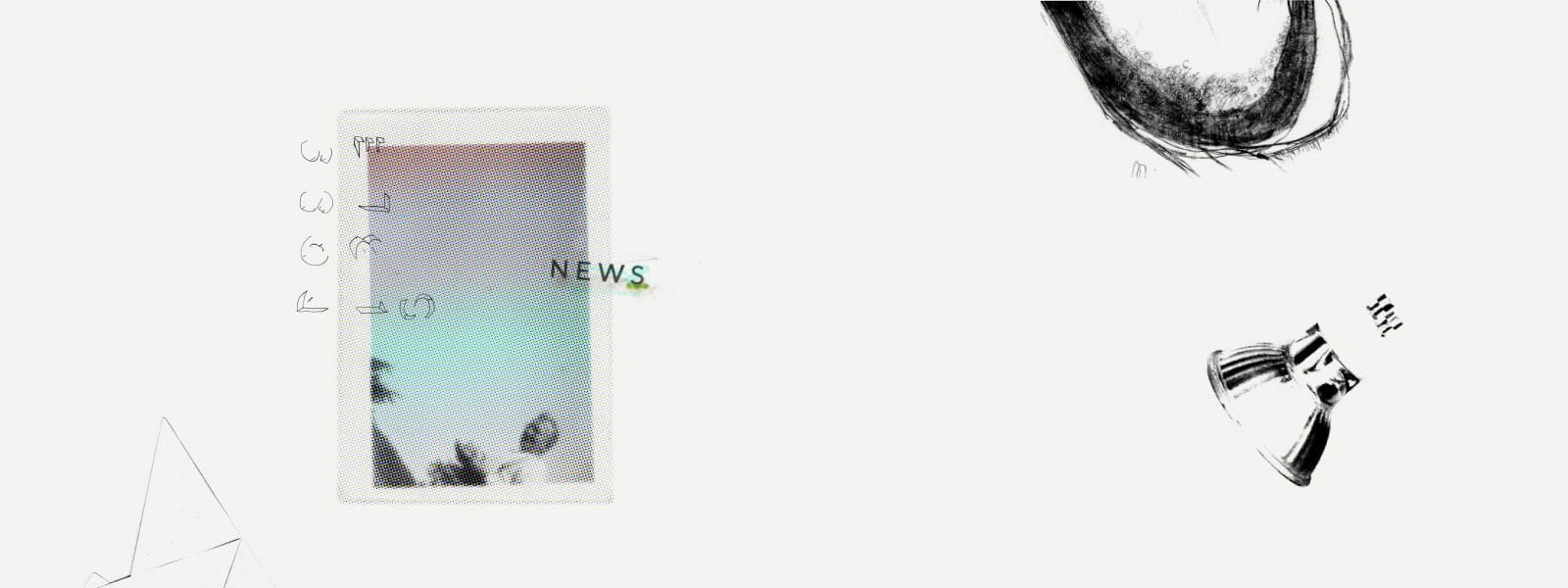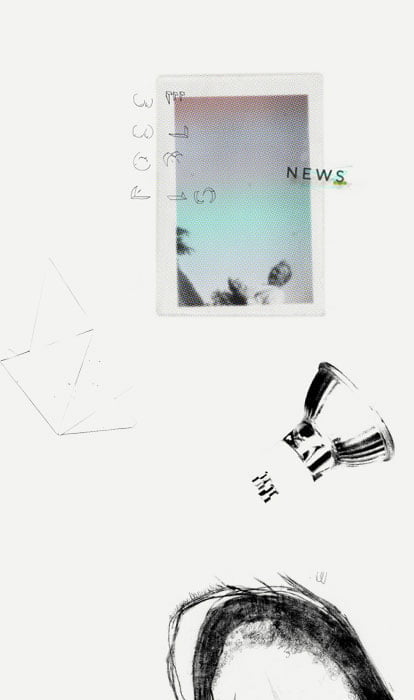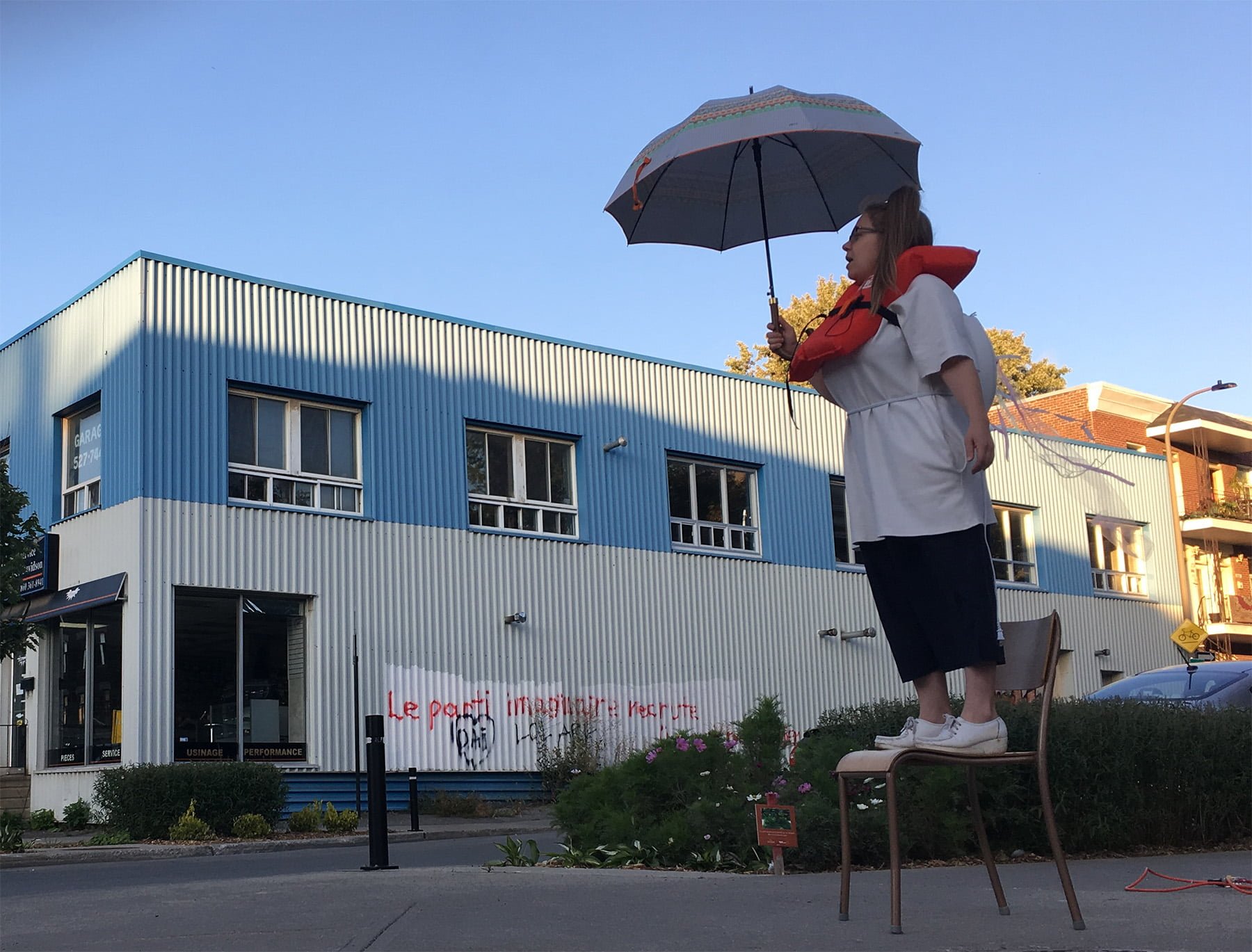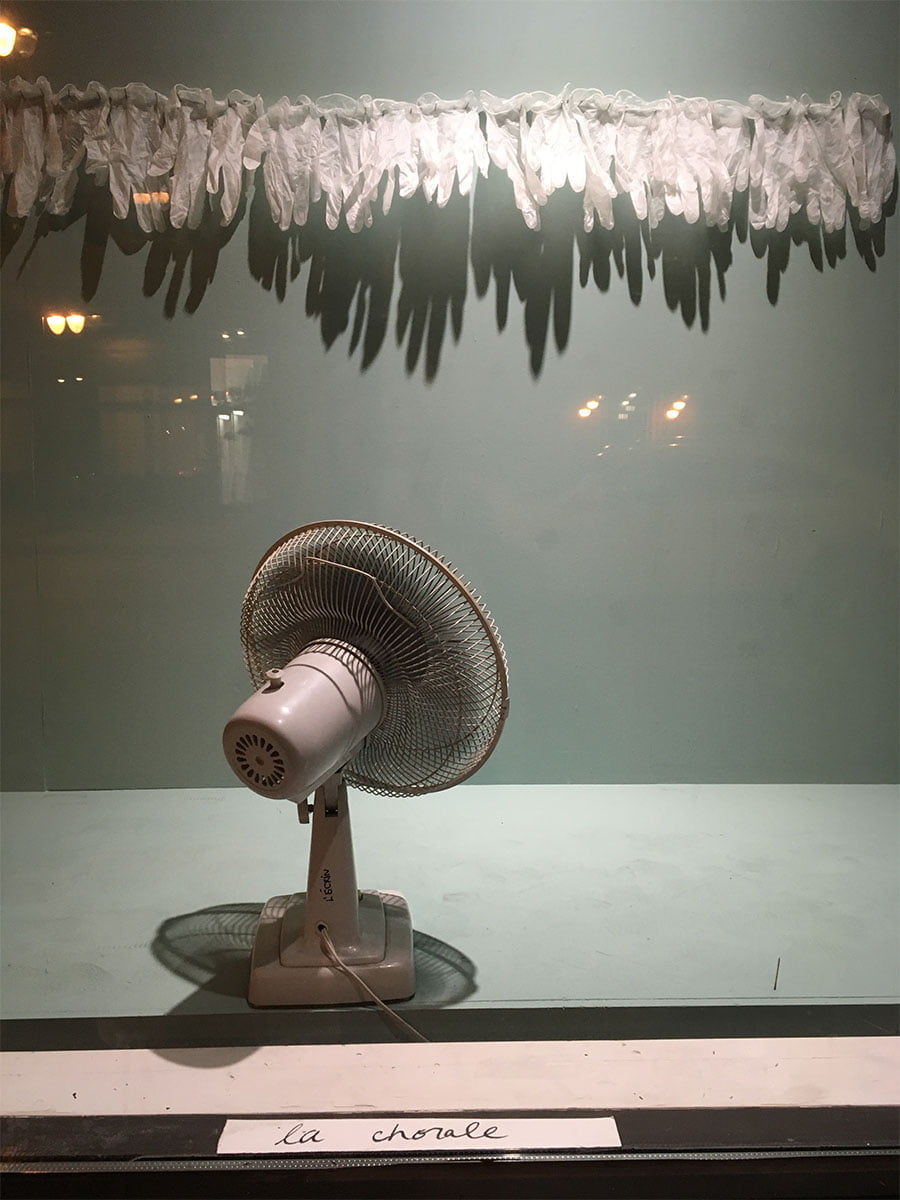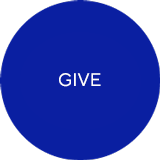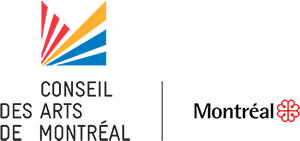L’Écrin – Back to Le grand verre de Maryse Arseneault
“Where does the body of an object and mine stop? My reflexion is grounded in ecofeminist theory and examines material vitality in a context of anthropocene.”
Can you explain a little bit about your work as an artist? What animates your artistic reflection?
My artistic concerns are based on the repetitive accumulation and mnemonic potential of art action. Through multiple disciplines such as performance, drawing and video, I seek to understand non-human matter and its agency, as well as our relationship with it. Where does the body of an object and mine stop?My reflexion is grounded in ecofeminist theory and examines material vitality in a context of anthropocene. I appreciate the poetic manifestation of matter in my daily life, though dream, walking or cooking, and arrive at bits and pieces that I assemble in my interventions. There is often a participatory and relational element in my projects, to emphasize the role of the viewer in the artwork, and thus evoke the permeability between oneself and the other within an ecosystem or community. From postering, pamphlets or songs for the street, my work depends on unpredictable passers-by in order be actualized.
How did you come to create your project? What were you looking to explore? Can you tell us a little about it?
The original title of my proposal, Le grand verre, referred to the work of Marcel Duchamp, evoked in my mind by the vitrine of L’Écrin, but also to the expression “glass ceiling” that I associate with notions of class inequality and alienation. I wanted to explore the performative potential of the object, in analogy with the human potential to fly away. I also wondered a lot about the role of the artist in public life. I hoped to activate the Ste-Catherine/Orléan street corner with my poetry and my interventions, while confronting the notions of cohabitation, street life, privilege and gentrification. Where is the real boundary between the artist and the viewer? Between private and street? Between human and non-human material? Between oneself and the other? There are no borders.
L’Écrin is both a sculpture and support object but it is also a space for experimenting and not to present a finished work. How did you work with this constraint?
My starting point was the idea of animating a few objects – the glove, the lifejacket and the fan – in an evolving multidisciplinary picture. Once a week I went to L’Écrin to transform the painting, by putting in space drawings, paintings and prints, with impromptu performances and video installations. I worked from projects and materials already made, to intuitively discover their arrangement, observe their relationship within space and between them. How does the visual poem react to my interventions? Unpredictability was also an important factor in the project. Without counting the two sessions of songs for the street, but the voyeurism of the passers-by, the proximity to the public square, the sound of the vehicles; all these performative elements came to fuel the work. Each visit at L’Écrin transformed me in turn, since each transition became its own performance. I considered each visit a picture in itself and a title came to me, which then influenced the next deployment. Here are the titles of the project as a I remember: Le grand verre – la chorale – la marée – la boite verte – la boite noire – le tapis rouge.
Your work at L’Écrin was essentially experimental. Will you continue some of the thoughts that have come up in this process?
It is in the act of doing that poetry manifests itself most fluidly.
Photo credit: Julie Desrosiers



